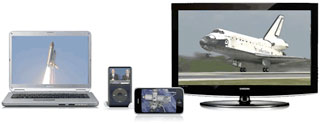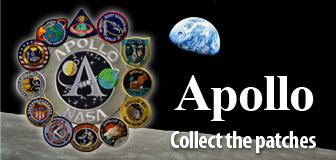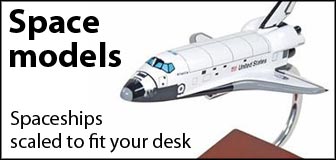2011: Atlas and Delta launch $20 billion in payloadsBY JUSTIN RAYSPACEFLIGHT NOW Posted: January 2, 2012 It was a flawless 2011 for United Launch Alliance's Atlas and Delta rocket families highlighted by deploying a $6 billion batch of big-name NASA missions and lending imperative space-lift support to U.S. national security.
ULA also capped its fifth year of operations, a marriage dating to Dec. 1, 2006 between Lockheed Martin's Atlas and Boeing's Delta programs under one joint organization to efficiently deliver Evolved Expendable Launch Vehicle services to the U.S. government. The Colorado-headquartered firm has carried out 56 launches in its first 60 months, all successfully, including 30 military flights, 17 NASA missions and 9 commercial ones. "We like to focus on the rockets and all the incumbent smoke, fire and thunder -- the most visible part of any space mission. That's really cool, but the main part of what we do is seen by what these spacecraft provide flying around the globe and throughout the solar system," said ULA President and CEO Michael Gass. "In the midst of launching once a month and meeting our commitments to the government, we forged a new world-class company in every way," Gass said. "We consolidated from five major manufacturing sites down to two, consolidating all of our engineering program functions we relocated over 500 people, we reduced our footprint and employment levels by over 20 percent from the pre-consolidation point while increasing our output by nearly double at the same time." Faced with no sizable commercial market share to spread the costs, the government pushed for ULA's creation to keep both Evolved Expendable Launch Vehicles flying for assured access to space. The EELV program was born in the 1990s as a modular system that would carry all of the military's satellite programs -- from the smallest weather observatories to gigantic spy satellites. "I strongly believe that the decision to consolidate the Boeing and Lockheed rocket businesses was the right one for the companies, the right decision for the industry and the right decision for our nation. The Atlas and Delta EELV launch capabilities we have today, the size of the vehicles, the number and locations of launch sites, the production capacity, the launch rate capacity, range of mission-unique services, the level of reliability and mission assurance, (even the) size of the air conditioning systems are all fundamentally driven by the customer mission needs' tolerance for risk," said Gass. "Launch is driven by the space architecture, not the other way around. We don't build satellites so we could launch rockets, we launch rockets so satellites could do their mission. We formed ULA so we could be focused like a laser on all of our customers' missions as cost-effectively with the highest reliability. Our customers' needs, our nation's security, our scientists' precious spacecraft depend on it." Originally viewed as the Hatfields working with the McCoys, ULA had to blend the Atlas and Delta cultures, cross-training technicians and engineers to handle both programs while continuing to conduct vital launches. "Over the past five years, we have been focused on mission success, consolidation and continuous improvement. Specifically...providing more operational flexibility through improved efficiency, delivering on our promises to consolidate the EELV program, which was a complex arrangement that had two companies with two separate sets of infrastructures, two sets of procedures, two sets of systems, two separate teams of people delivering launch services with two products -- to the current state of one company, one infrastructure, one team of people delivering launch services with our two products more efficiently for our nation," said Gass. In all, ULA's rocket fleet carried an estimated $20 billion of satellite hardware into space in 2011, setting up important missions in Earth orbit and hurling probes on their routes to the Moon, Mars and Jupiter. "I'm in awe of the numerous miracles that occur every time," said Gass of his company's launches. "As an engineer, I'm accustom to operate like the Nike credo goes 'just do it.' We're always focused on the future, getting that next mission launched successfully, we tend not to boast for various reasons including the most important one -- we're introverts -- and the other part -- we're superstitious." |

Space video for your computer, iPod or big screen TV
Experience the space program like never before become a subscriber today |




